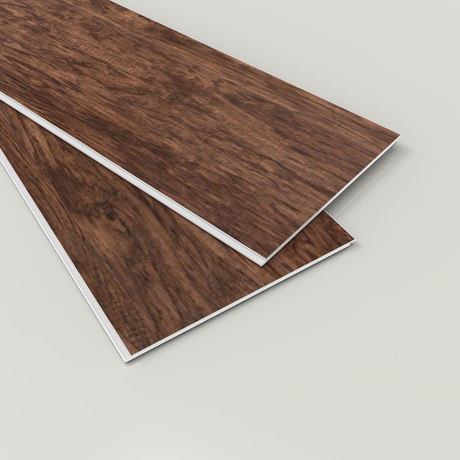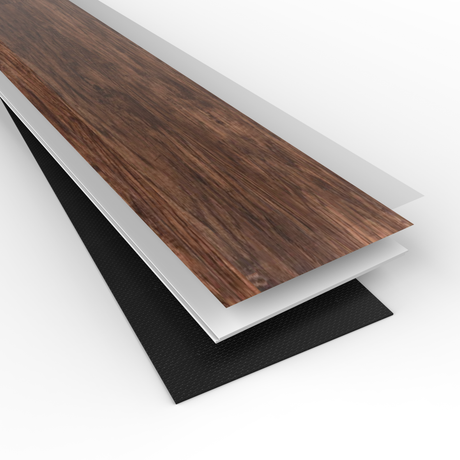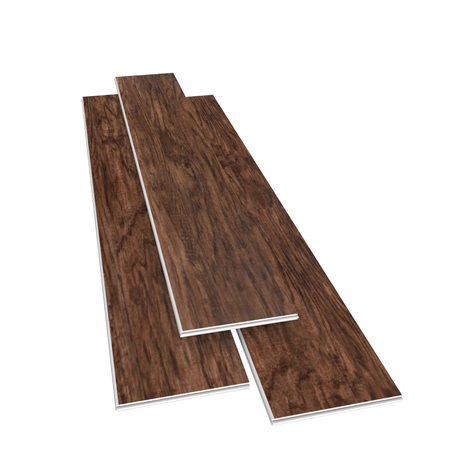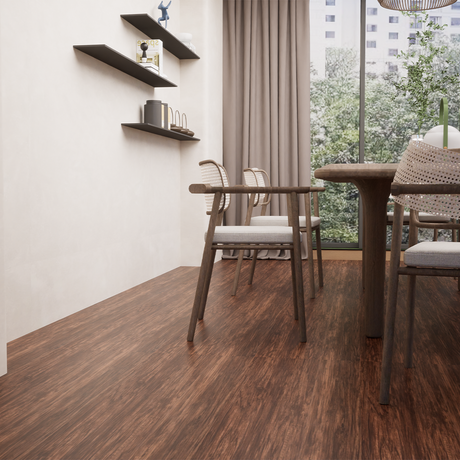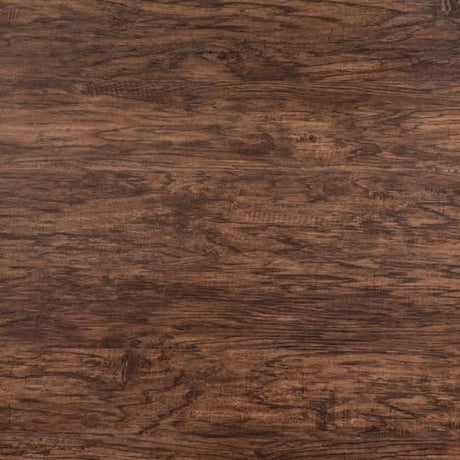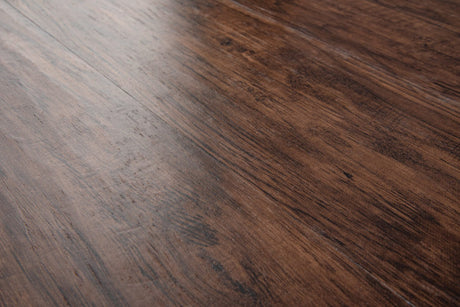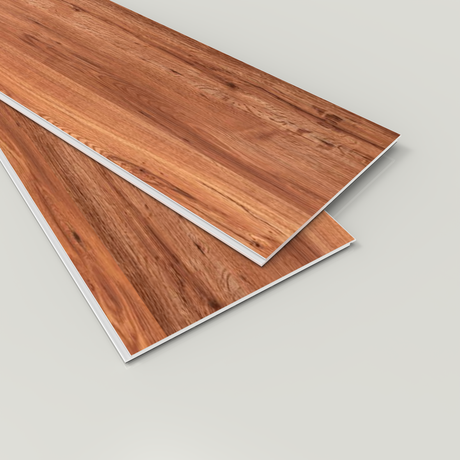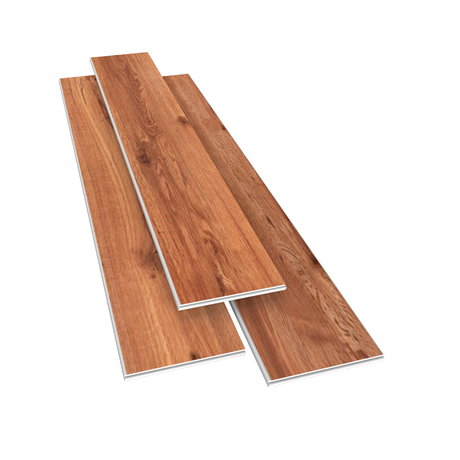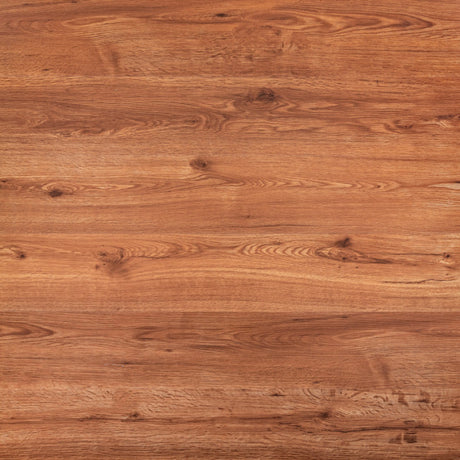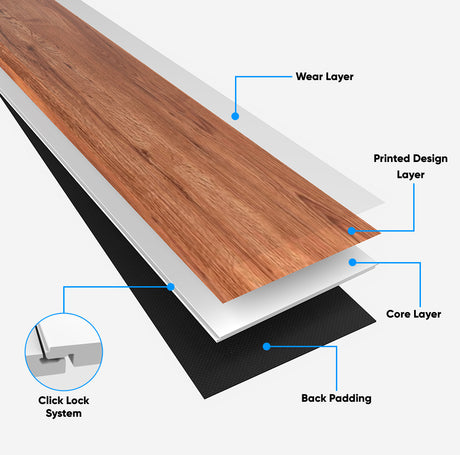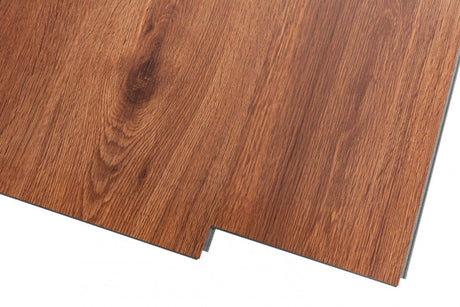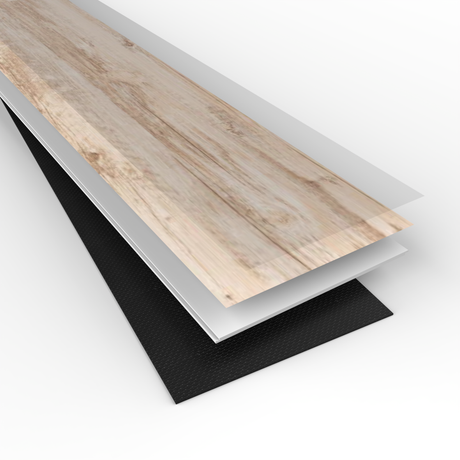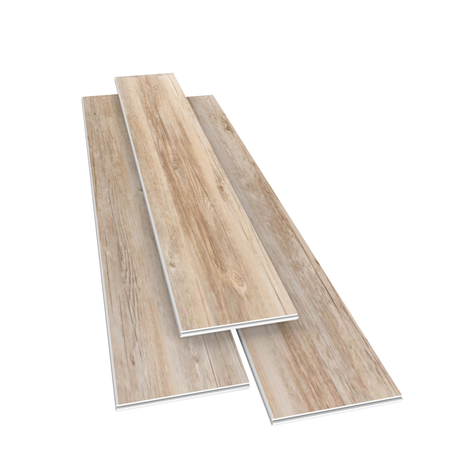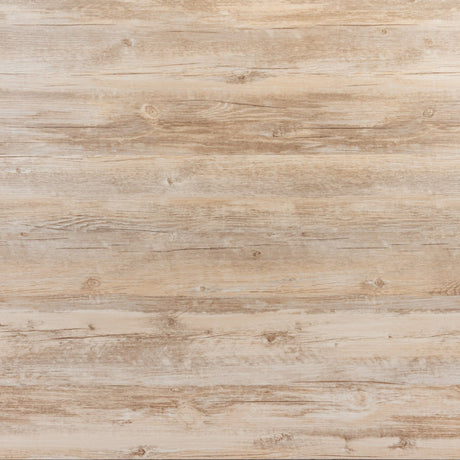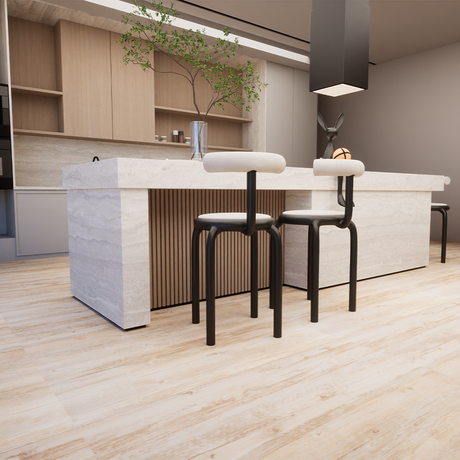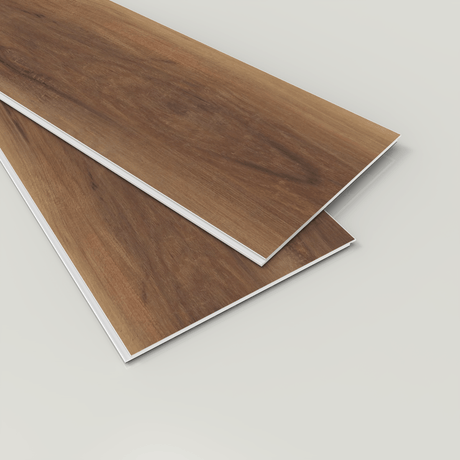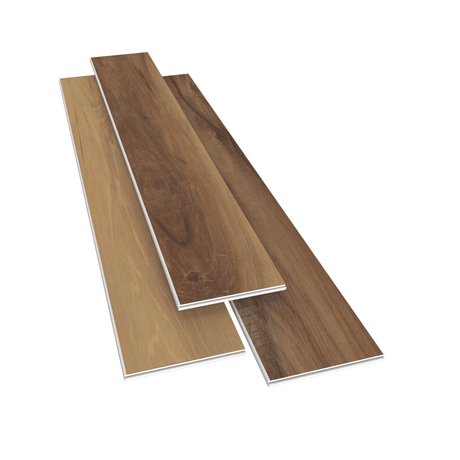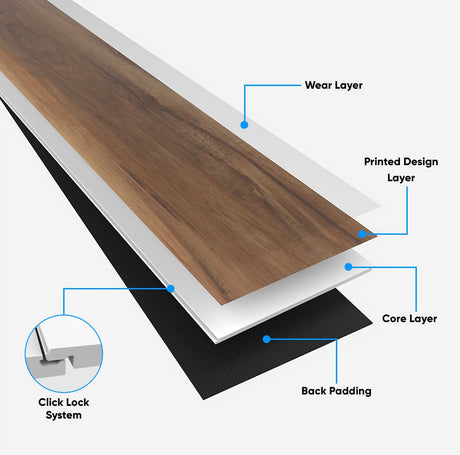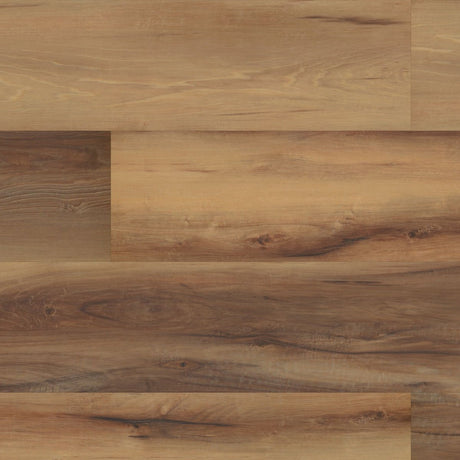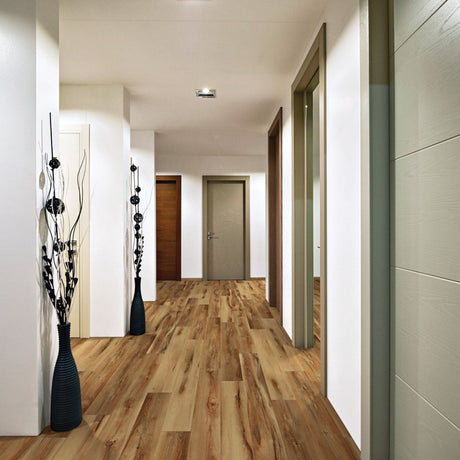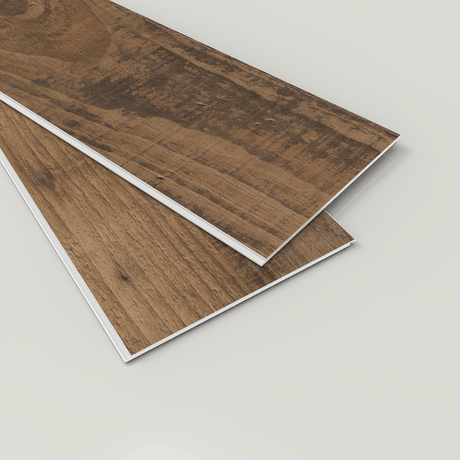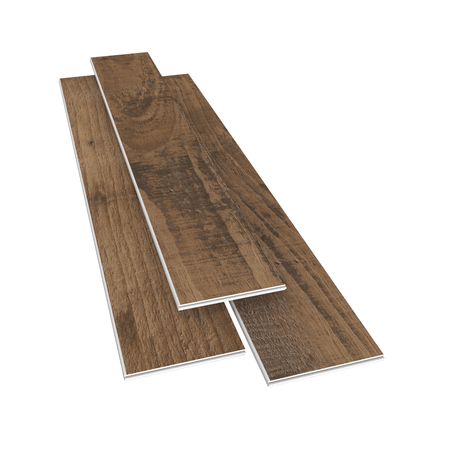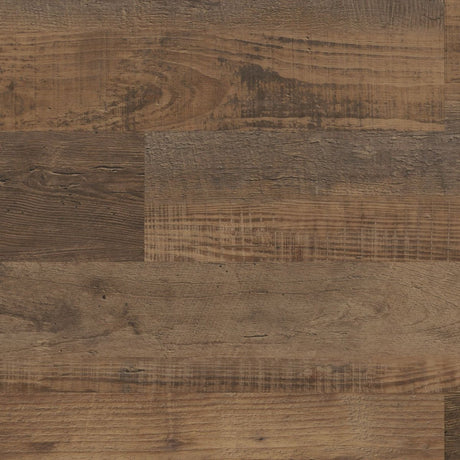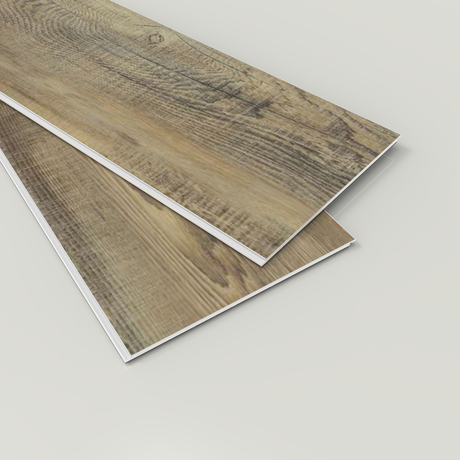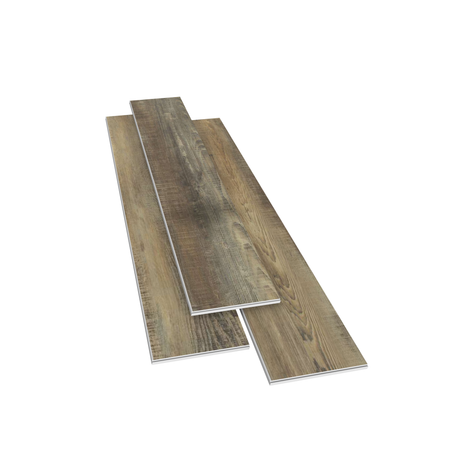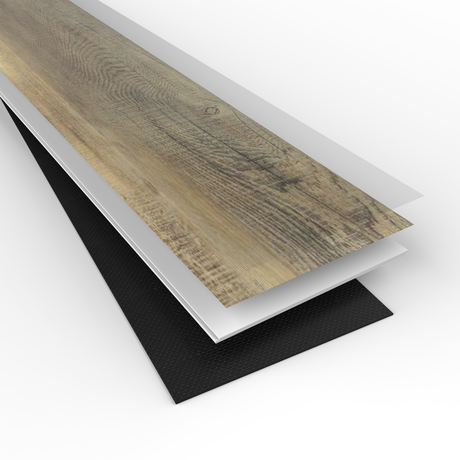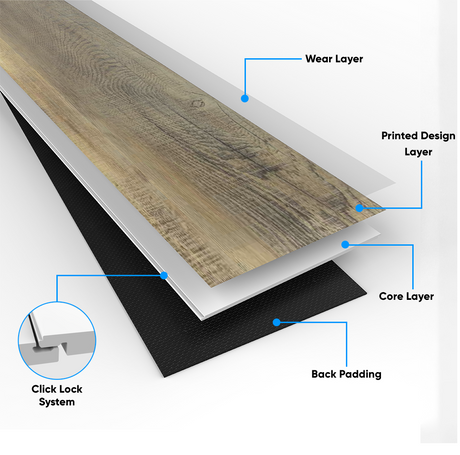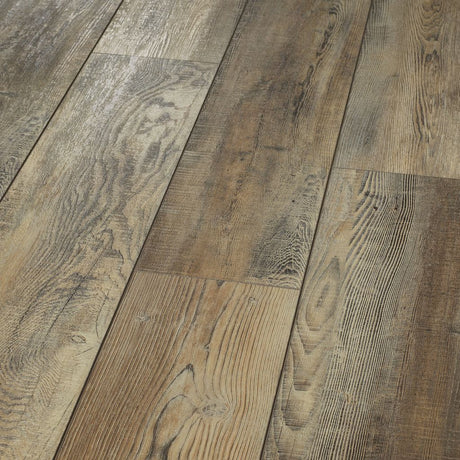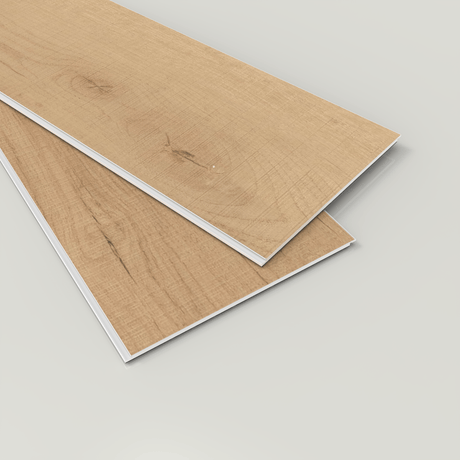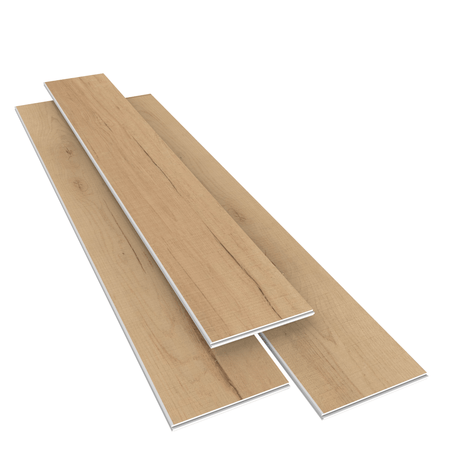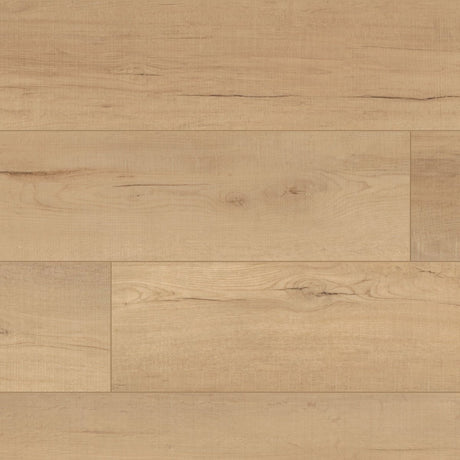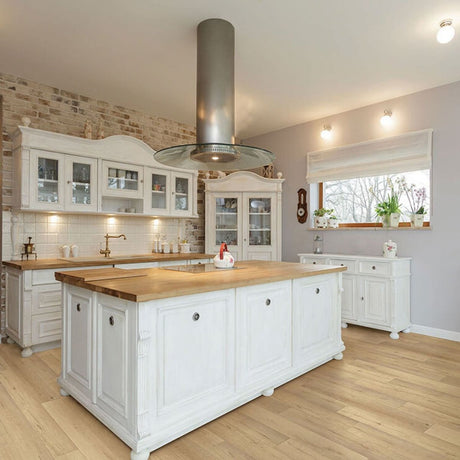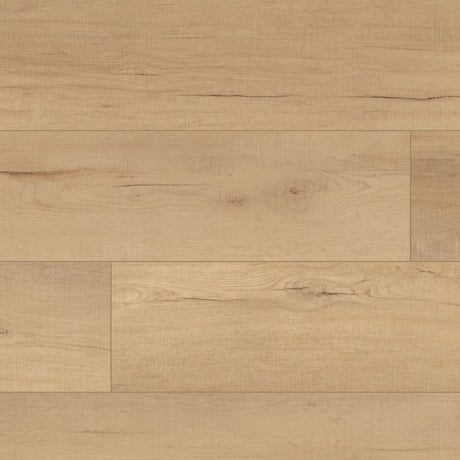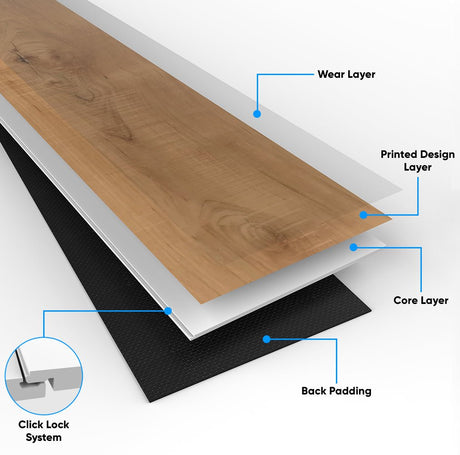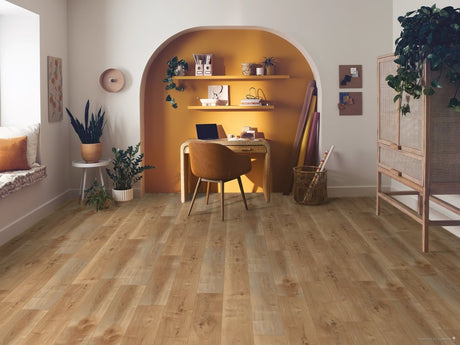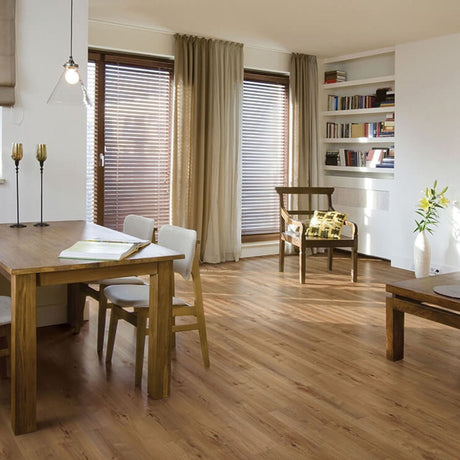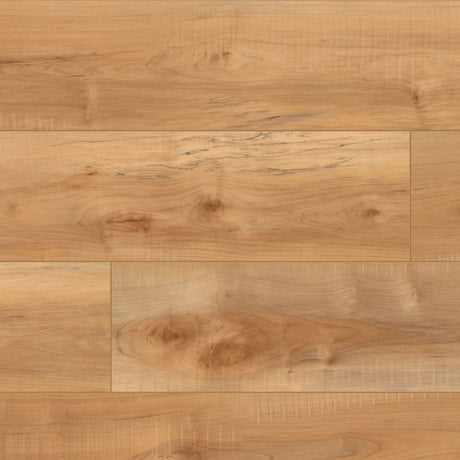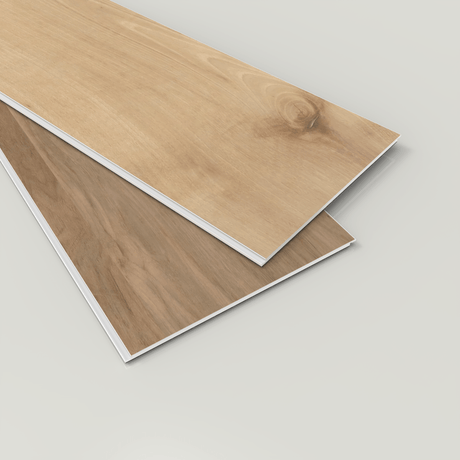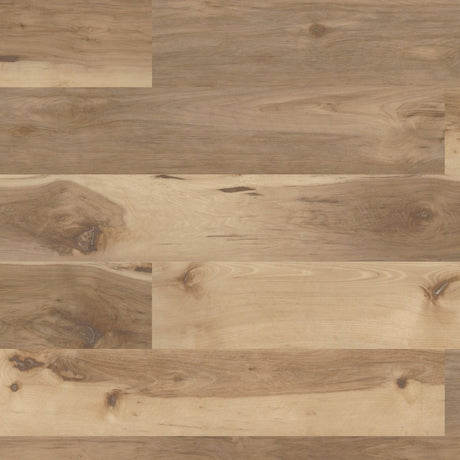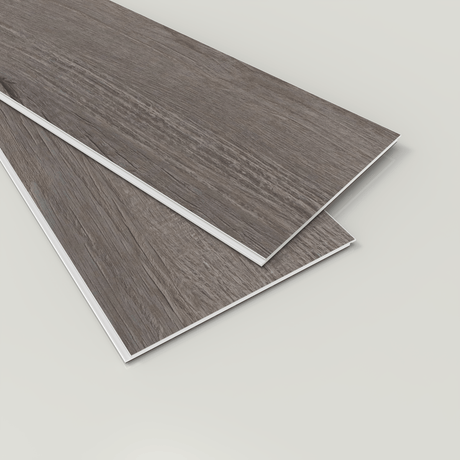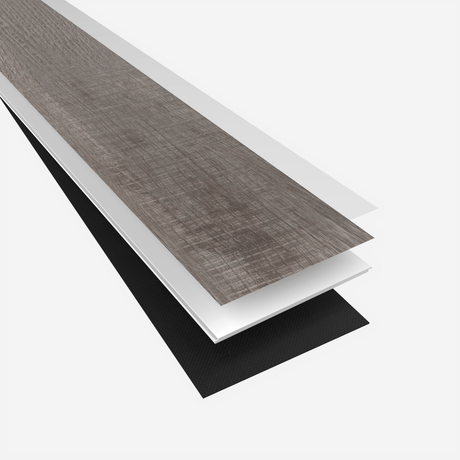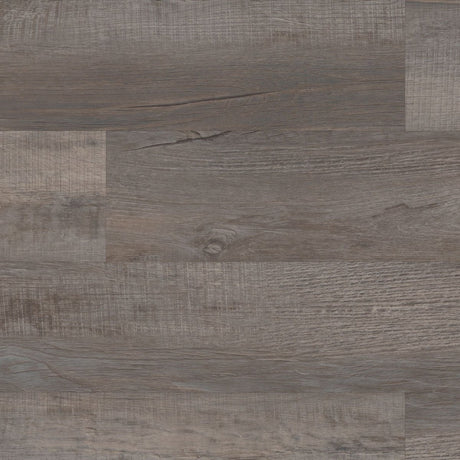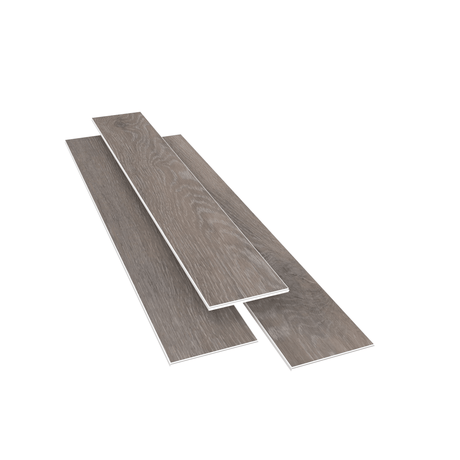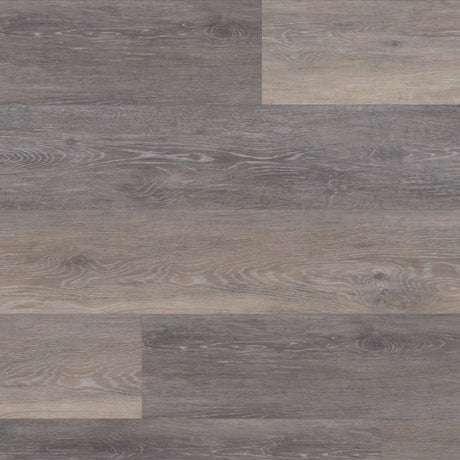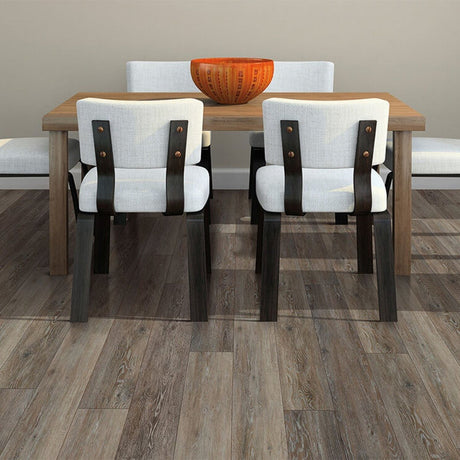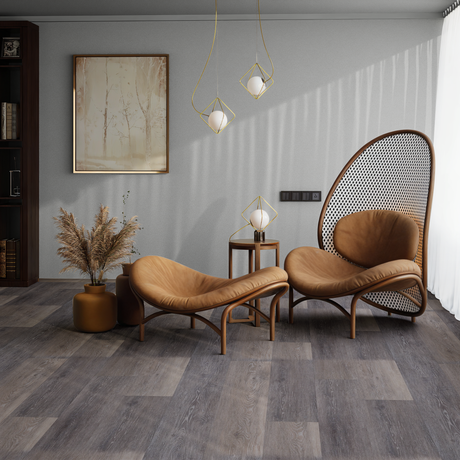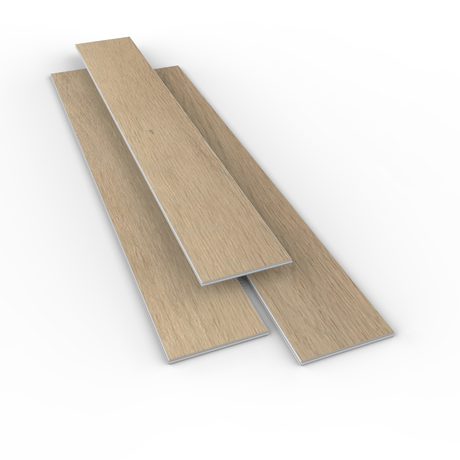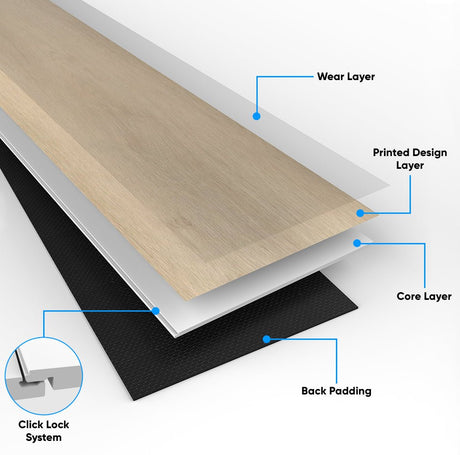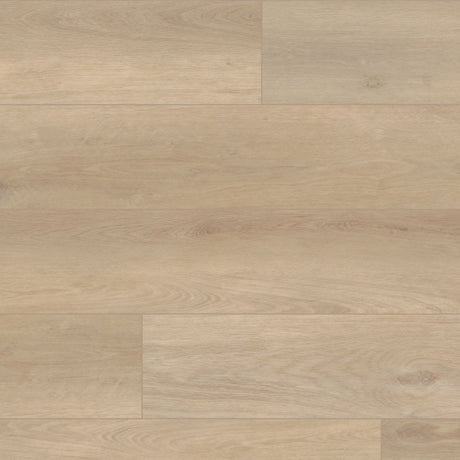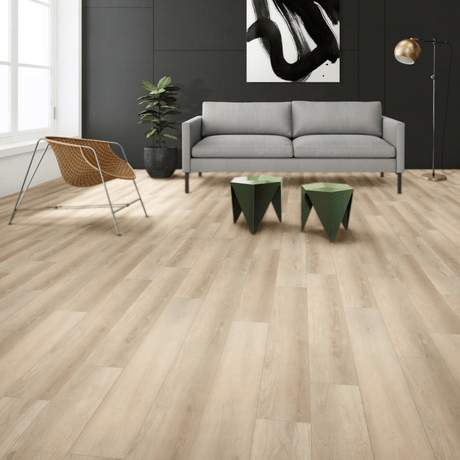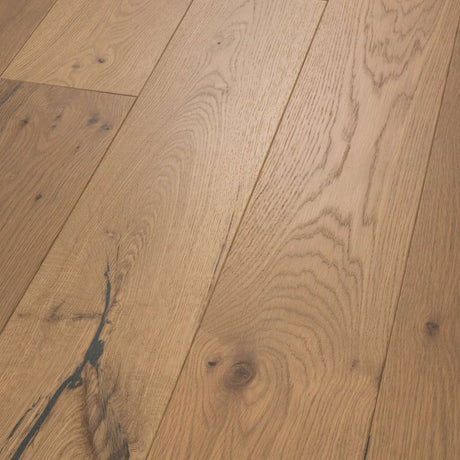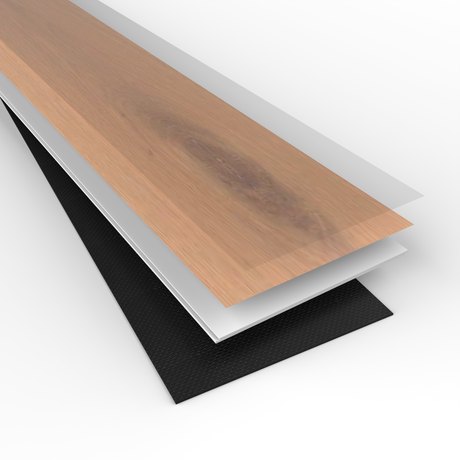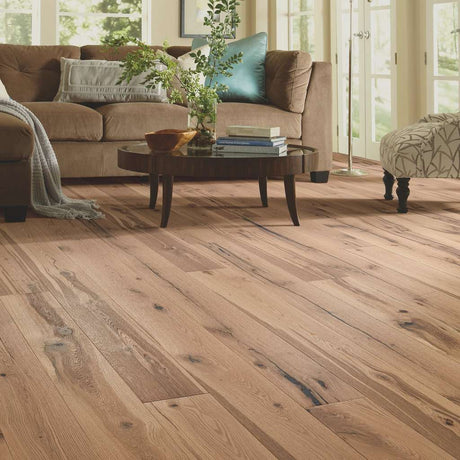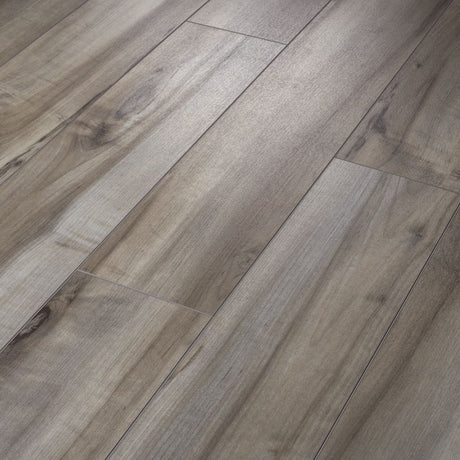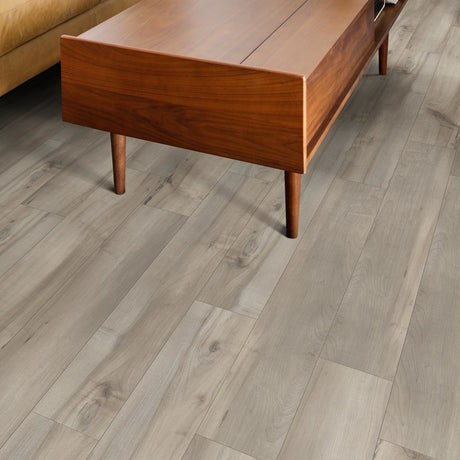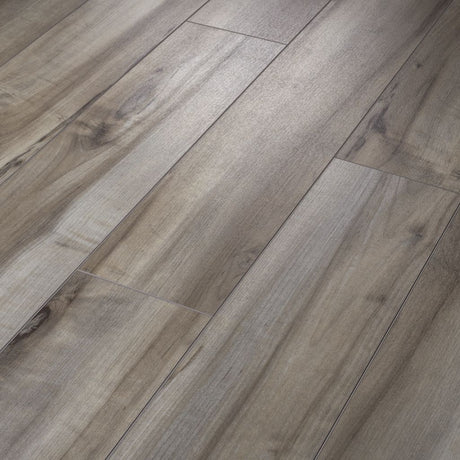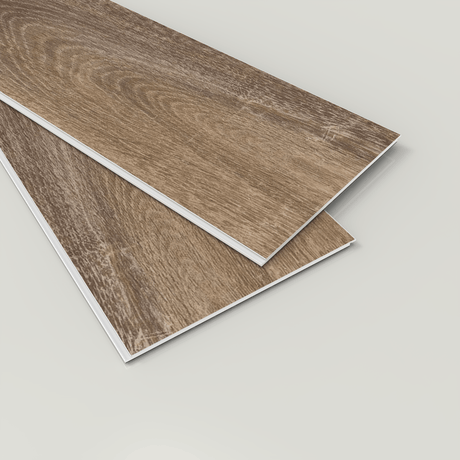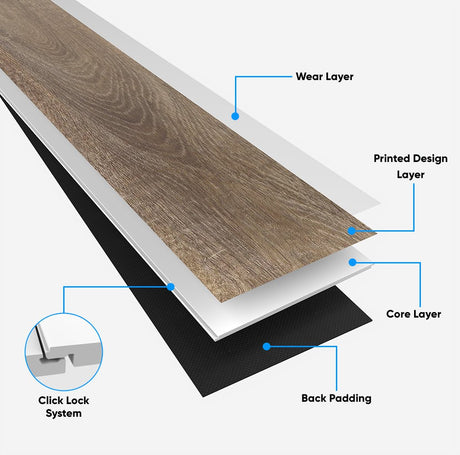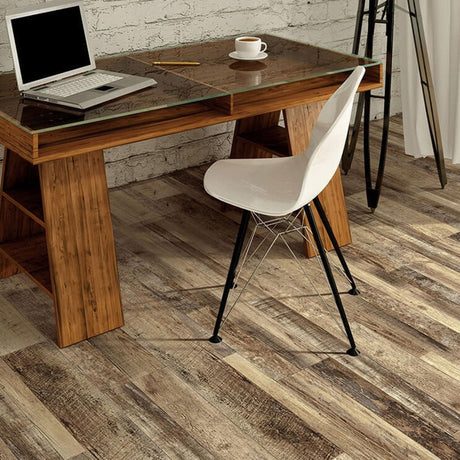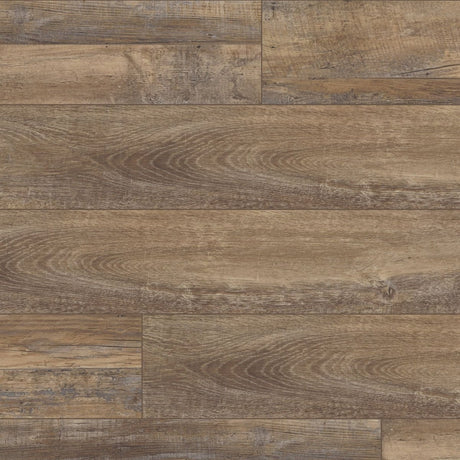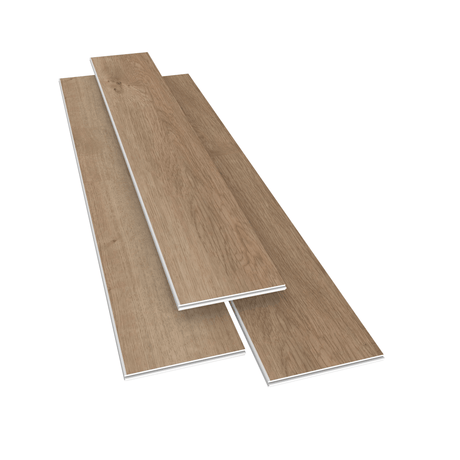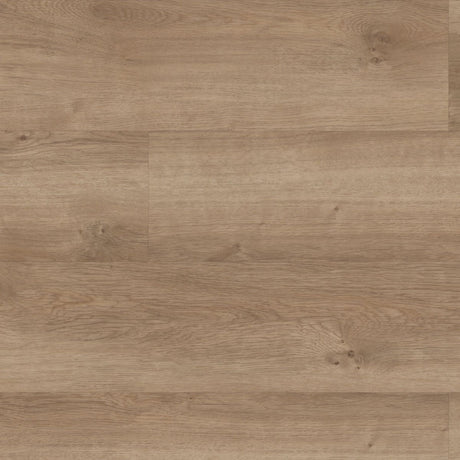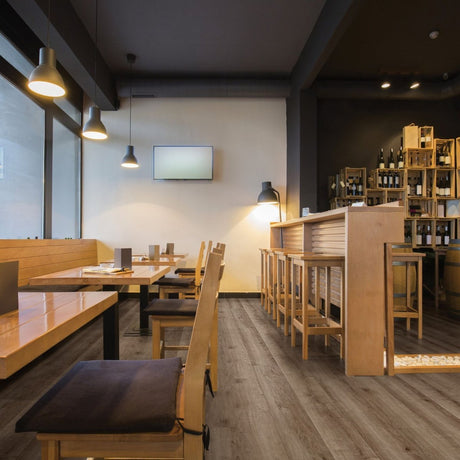- Sold outUp to 33% off
- Sold outUp to 33% off
Best Luxury Vinyl Plank Flooring Collection
Luxury vinyl plank flooring is becoming a one of the best and popular flooring option. There are reasons to support its popularity. With its outstanding resilience and adaptable aesthetics, homeowners may get the look of hardwood or stone floors without sacrificing functionality. It is a common option for modern living spaces. This is due to its resistance to scuffs and water damage. Additionally, it is simple to install and has low maintenance needs.
What is Luxury Vinyl Plank Flooring?
Luxury vinyl plank flooring is a contemporary flooring solution. It resembles hardwood floors. But, it is significantly more adaptable and enduring. It is constructed of three different layers. It has a polyvinyl chloride, or PVC, as a hard bottom. Second is a design layer that imitates the feel and look of wood using high-definition images. The last layer is a clear wear coating that is impervious to stains and marks.
Because LVP is water resistant, it can be used in damp spaces like cooking areas, baths, and basements. It is easy to put in since it usually features a click lock system that makes it simpler to snap the planks securely without glue. For both home and commercial environments, the best LVP flooring alternatives combine the durability and simplicity of care of vinyl with the visual appeal of genuine wood.
Different types of Luxury Vinyl Plank Floor
Glue Down LVP
Glue is used to secure these vinyl planks to the subfloor. It is ideal for areas with frequent traffic. It provides stability, and durability, and is securely fixed to the ground.
Click-Lock (Floating) LVP
These planks are designed to click and lock together, so glue is not needed. This kind is a common pick for do it yourself projects since it is simpler to install and can be put over most existing floors.
Loose Lay LVP
Because of their unique slip-resistant surface and thick backer, loose-lay planks may lay flat and remain in place without the need for glue or locking devices. This facilitates replacement and installation.
Benefits of Luxury Vinyl Plank Floor
Durability: Luxury Vinyl Flooring is a great option for bustling families and businesses. Life-proof LVP flooring is strong and resilient. It is tough against physical activity, stains, spills, and scratches.
Water Resistance: Since the finest LVP floor substitutes are waterproof, they are perfect for moist areas where traditional hardwood flooring might warp or mildew, such as bathrooms, basements, and kitchens.
Easy Maintenance: The best brand of luxury vinyl plank flooring is rather easy to clean and maintain. It only needs to be swept often and sometimes mopped with a light cleanser to stay looking brand new.
Realistic Designs: The best vinyl flooring offers a variety of designs, colors, and textures to complement any decor, giving the impression of real wood or stone thanks to high-quality photographic layering.
Comfort: Compared to tile or stone, the best brand of luxury vinyl plank flooring frequently feels warmer and softer underfoot, making it more pleasant to stand on and stroll on. A few varieties further include extra layers for insulation and sound absorption.
Affordability: LVP offers an affordable substitute for genuine wood, stone, or ceramic flooring while maintaining an upscale appearance.
Simple Installation: A lot of LVP alternatives include a clicklock mechanism. This makes glueless installation quick and easy. They make an excellent project for do-it-yourself. It may also be laid over the majority of current flooring, saving money and preparation time.
Eco-Friendly choices: Despite being a synthetic material, the best LVP brands offer LVP choices that are recyclable and created from recycled materials. They are appealing to customers who care about the environment.
LVP flooring installation
Preparation
Clear the Space: Get rid of any fixtures, furniture, and appliances. They should not get in the way of the installation.
Examine the subfloor: Make sure the subfloor is smooth, level, dry, and clean. Fix any damaged or uneven sections as they may have an impact on the result.
Acclimatization
Before installing the LVP floors, acclimatize it. Leave the unopened boxes in the installation location for at least 48 hours to let the flooring adjust to the humidity and temperature of the space.
Planning the Layout
Measure the Room: Take an exact measurement of the space to estimate the number of boards you'll need, plus or minus 10% for waste and cuts.
Plan the Layout: Determine the direction and arrangement you would like the planks to lie while planning the layout. It's usually advised to position the planks parallel to the primary source of light or the longest wall.
Installation
Underlayment: If necessary, install a suitable underlayment to aid with humidity prevention, sound absorption, and cushioning.
First Row: Position the first plank, making sure that the side with an adhesive strip is pointing away from the wall, beginning at a corner. Use spacers to maintain a gap between the planks and the wall for expansion.
Locking Mechanism: Click and lock the planks together end-to-end. For floating LVP floors, this will involve snapping the planks into place. For gluedown types, apply adhesive as directed.
Continuing the Installation: Work row by row, cutting planks as needed to fit at the ends and around obstacles. Always stagger the seams for a natural and durable installation.
Finishing Touches
Install Transitions: Install transition strips to protect the edges and create a seamless transition where the LVP meets other flooring or fittings.
Reinstall Baseboards and Molding: After the flooring is put in, put back any baseboards, moldings, or trim to cover up the expansion gaps.
Clean Up: Follow the directions provided by the provider to wipe the floor to remove any dust or debris from the installation process.
Age the Floor: Give the floor time to settle after installation before moving furniture over. The time also depends on the kind of Luxury Vinyl Plank Floor and adhesive used.
Best Luxury Vinyl Plank Flooring Brands
The next step is to select the best luxury vinyl plank flooring brands, which are considered fundamental in durability and quality. Several premium options for top luxury vinyl plank flooring that are renowned for their creative designs, premium components, and happy clients consist of but are not limited to:
Shaw Floors: Shaw offers a wide selection of the top luxury vinyl plank flooring solutions, focusing on long-lasting and environmentally safe materials. They offer many designs, including wood and stone looks, with superior scratch resistance.
COREtec: High-moisture locations are perfect for COREtec luxury vinyl plank floors because of their waterproof core and high-definition graphics. They offer a range of options that combine comfort with strength.
Lions Floor: Lions Floor is celebrated for its stylish and durable luxury vinyl plank floor. Their planks are resistant to scratches and moisture, making them ideal for busy households. Additionally, the brand is well-known for its simple installation procedures and real wood-like features.
FREQUENTLY ASKED QUESTIONS
Q: What is LVP flooring?
A: Luxury Vinyl Plank (LVP) flooring is an alternative to hardwood floors. It looks like wood and is resistant to water. It consists of multiple high-quality layers. Its reputation stems from its ease of installation, minimal upkeep, and adaptability to different settings.
Q: Is it possible to install LVP flooring over existing floors?
A: Indeed, LVP flooring can be placed on different existing flooring types. You can install them on concrete, tile, vinyl, and certain carpets. The area should be flat, tidy, and dry. Reading the manufacturer's instructions before installation is crucial.
Q: Is waterproof LVP flooring an option?
A: Because LVP flooring is mostly made to be entirely water-resistant, it's a great option for damp spaces like kitchens, bathroom floors, and basements. For information on the water resistance ratings, it's crucial to consult each item's distinctive features.
Q: How Is LVP Flooring to Be Cleaned and Maintained?
A: LVP flooring requires less upkeep. Usually, regular sweeping or vacuuming along with sporadic mopping with a mild cleaner is sufficient to eliminate dust and debris from floors. Avoid using too much water and strong cleaners to keep it appearing beautiful and surviving longer.
Q: How Much Time Is LVP Flooring Made to Last?
A: The lifespan of luxury vinyl plank flooring may reach 20 years or more. This is with proper maintenance and care. It is contingent upon the quality of the material and the wear layer's thickness, though. Extended warranties of up to 25 years may be offered for products of better quality.






